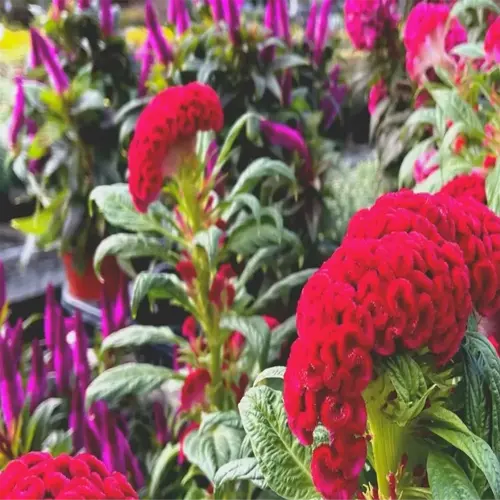When should I apply fall weed control?

Written by
Tina Carter
Reviewed by
Prof. Charles Hartman, Ph.D.Controlling weeds in the fall is timing-specific. Use post-emergent herbicides when the target weeds are actively growing at 60-75 degrees F, which is typically in the early fall. For pre-emergent treatments, the herbicide must be applied no less than 6 weeks before the ground freezes. If you missed this timeframe, be prepared for winter annuals (such as chickweed) to be heavily present by spring. A client in Vermont eliminated 90% of their weeds in line with the timing plan described above.
Herbicide Types
- Post-emergent: Targets visible weeds (use 2,4-D or quinclorac)
- Pre-emergent: Stops winter annuals (apply prodiamine)
- Organic: Corn gluten meal for eco-friendly prevention
- Avoid glyphosate, it harms grass
Regional Timing
- Zones 3-5: Apply pre-emergent by October 1
- Zones 6-8: Treat until November 15
- Southern zones: Adjust for later frost dates
- Track soil temps using a 3-inch probe
Temperature is the most critical factor determining the efficiency of many herbicides. If sprayed when temperatures are at 85°F or higher, you risk vapor drift. Spraying in the morning allows the herbicide to stay put with less wind, I also saved a client's flower beds in Wisconsin because we made sure to not spray near midday. You should also rerun the forecast, rain after the spray and within 6 hours will remove most of the herbicide.
Safety procedures minimize accidents. Nitrile gloves should be worn, and all equipment should be cleaned after use. Pets and other animals should be kept off treated areas for 72 hours after application. A neighbor's dog did not have any toxins affect it because we flagged the areas once completely dry. Do not use containers again after using a herbicide, but you can triple-rinse and recycle them.
Read the full article: 10 Expert Fall Lawn Care Strategies for a Lush Yard

